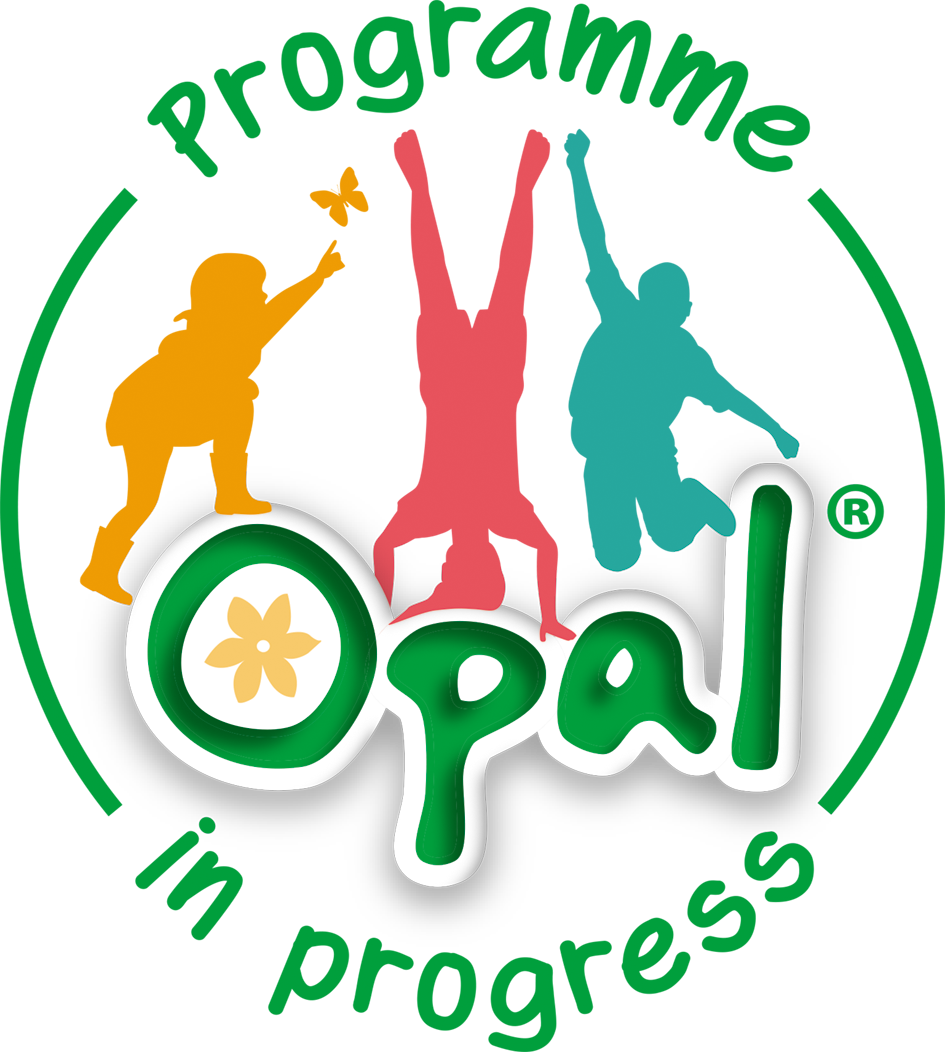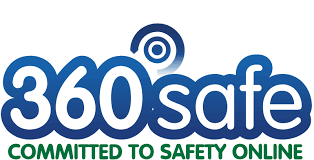Phonics Scheme
At St Mary’s we use a phonics teaching programme called Essential Letters and Sounds (ELS.)
ELS, by Oxford University Press, supports children to develop the skills and knowledge needed for reading.
Children begin ELS programme in Reception and complete the ELS Phonics programme at the end of Year One. In Year Two, children continue to practise these skills to ensure that they can become clear, confident and fluent readers.
How can I help my child?
To best support your child when they are learning to read, we suggest that you read the decodable text provided by the school 4 times across the week. Spending 10 minutes a day reading with your child will hugely support them in their journey to becoming an independent reader.
Another key way to support your child it to read to them too! Share exciting and engaging books and stories with them.
It is a key part of learning to read that children re-read words and sentences that they can decode (sound out) until they are fluent (read with ease and precision). By reading texts several times children have the greatest opportunity to achieve this fluency.
The texts sent home by your child’s school are carefully matched to the teaching taking place. Your child will be practising what they have been taught in school with you at home. Your child should be able to decode and read their phonics book independently, though they may need some support with blending at the beginning of their reading journey. There will be some words that are not decodable, we call these ‘harder to read and spell’, you can help your child with these words when they are reading.
Oxford Owl for Home provides further information for parents about how we teach phonics and how to support at home:
Pronouncing the Pure Sounds
When children are learning to read, to enable them to blend sounds together to form words, we need to pronounce the sound clearly. These are called synthetic phonics sounds.

 St Mary's Church of England
Primary
School
St Mary's Church of England
Primary
School




